According to National Geographic, approximately 4 to 5 million acres of land are cleared by forest fires each year. While they can be destructive and terrifying, forest fires are good for the environment. How are wildfires good for the environment? Here are three surprising benefits they deliver to our forests and the woodland creatures that call them home.
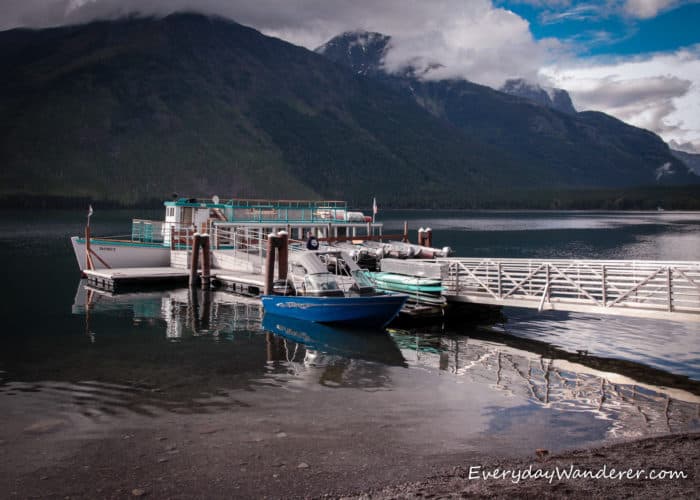
[table id=15 /]
Just over a month ago, we enjoyed an evening boat ride on the peaceful, glass-like waters of Lake McDonald in Glacier National Park. As we walked down the steps behind the historic Lake McDonald Lodge to the dock, we admired the amazing view, breathed in the fresh, mountain air, and relaxed. But recent photos showing the same landscape glowing red as forest fires rage are absolutely terrifying. And it’s heartbreaking to think that all that we gazed upon a few weeks ago is now up in flames.
Forest fires are started in one of two ways — naturally or by humans. Mother Nature-initiated forest fires are most commonly started by lightning. That is what happened in Glacier National Park. Humans start forest fires by being careless with campfires, cigarettes, fireworks, or equipment. Or, worst of all, setting them intentionally (and I’m not talking about a controlled burn). Humans cause the majority of forest fires, but those are usually recognized and extinguished quickly. Naturally-ignited forest fires cause the majority of damage because they can burn for some time before they are detected.
No matter how they begin, forest fires can damage property, harm wildlife, and kill people. Terrifying! However, they are a natural and necessary part of the ecosystem. That’s why, according to our boat captain during our tour of Lake McDonald, the park rangers at Glacier National Park will only fight forest fires within the park if they threaten property or lives.
Related Article: Visit Yellowstone National Park without Making Headlines
Across the country, in Tallahassee, Florida, the Tall Timbers Research Station has spent decades researching the impact of fire on the local ecosystem. During their experiment, a 23-acre section of land was not allowed to burn. At all. Without forest fires, the area experienced 90% less plant diversity and the complete disappearance of its red-cockaded woodpeckers, an endangered species.
So even though they are terrifying, here are three reasons forest fires are good:
1 – Fires Help Forests Clean House
Even the healthiest of forests contain dead trees and decaying plant matter. So one of the reasons forest fires are good is because they help clear out dead and diseased trees, decaying leaves, and other unhelpful vegetation so that new plants can grow. This includes eradicating non-native, invasive plants like the sweet-smelling, but super obnoxious honeysuckle. Wildfires also exterminate the disease or insects that were damaging the forest.
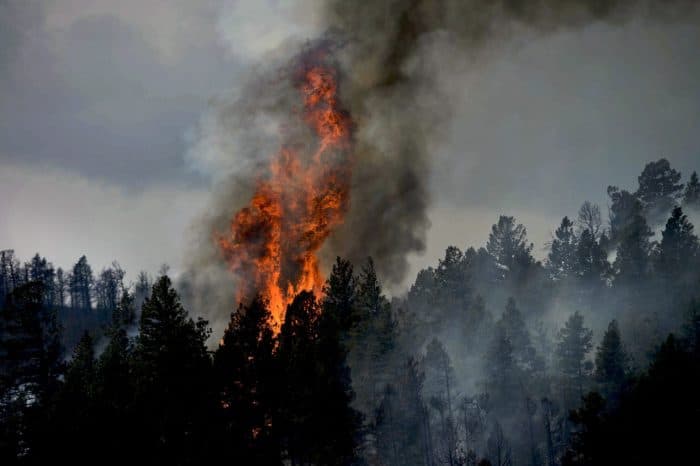
When less desirable forest growth is converted to ash, nutrients return to the soil instead of lingering as unproductive vegetation. Removing dead, dying, and diseased trees from a forest provides more space and nutrients for stronger trees. So forest fires are good, because they allow more sunlight to fall on the trees that remain, keeping them healthier.
Pro Tip: Support your National Parks by purchasing a Passport to Your National Parks at eParks.com.
2 – Forest Fires Spur Forest Growth
As strange and counter-intuitive as it may sound, some species of trees actually need forest fires to prosper. This is especially true of several evergreen trees such as pines and earth’s tallest trees, giant sequoias. Before their seeds can be released, allowing new trees to sprout, their pine cones must be exposed to high temperatures to melt away a wax seal.
Most young, healthy trees found in forests are resilient enough to survive a forest fire. These trees will actually have a growth spurt after the last flame dies out. This is especially true in oak and hickory forests, and the giant sequoia which is virtually flame-resistant.
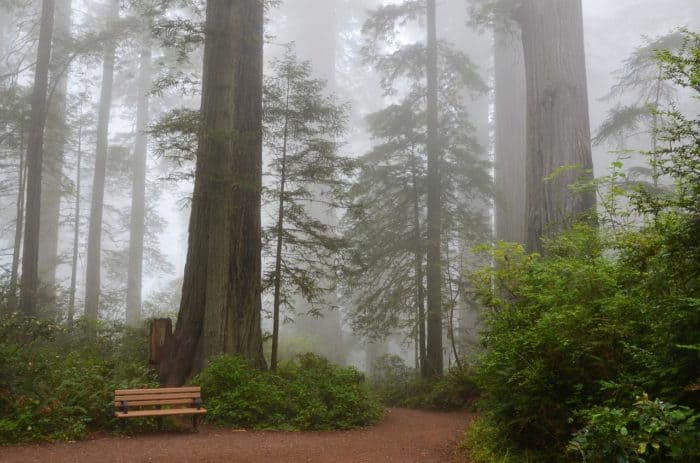
Fire is a natural process that returns nutrients to the soil quickly, creating a natural fertilizer for the plants and trees that remain. So it’s not uncommon to see new growth within a few days of a forest fire. In particular, wildflowers thrive after a forest fire and can be seen blooming abundantly after the flames are stamped out.
One of the most important reasons forest fires are good, at least in the northwest United States, is that they promote the growth of huckleberries. The delicious, increasingly popular fruit cannot be cultivated and likes to grow in the abundant sunshine that falls on areas burned by forest fires.
Related Article: 9 Fun Facts About Huckleberries
3 – Wildlife Habitats Are Improved by Forest Fires
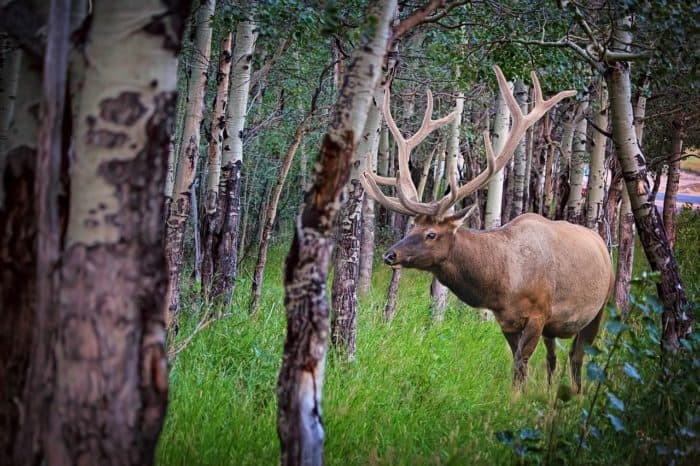
Scientists report that young-growth forests recovering from fire are home to more diverse communities of both plants and animals. What remains of the burned trees provides an attractive home to a variety of small mammals and birds. More than 40 types of insects make a beeline to the area burned by forest fire. This helps endangered species, like the red-cockaded woodpecker mentioned above and the Delmarva fox squirrel, to thrive as they feast on the bugs. Antelope, elk, and other herbivores flourish in the area burned by forest fires as the new growth provides a smorgasbord of delicious food for them. And, of course, bears enjoy huckleberries.
Related Article: Be Bear Aware with These Tips to Avoid (and Survive) a Bear Encounter
Have You Experienced a Forest Fire Up Close and Personal?
What was your experience like? Were you able to see the aftermath and how forest fires are good for the environment? Share your thoughts in the comments section below.
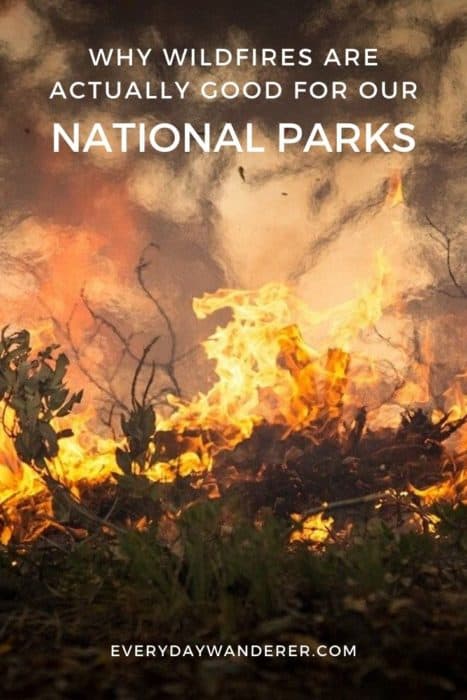
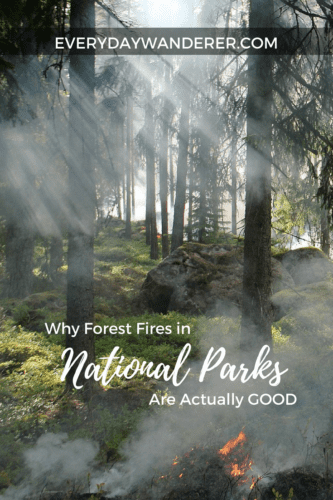
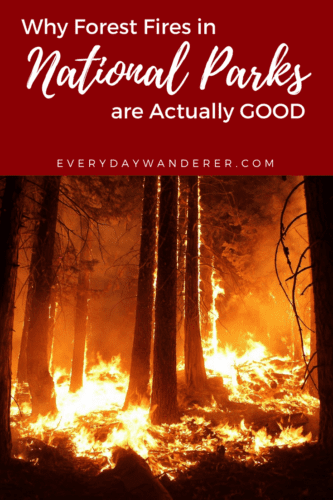

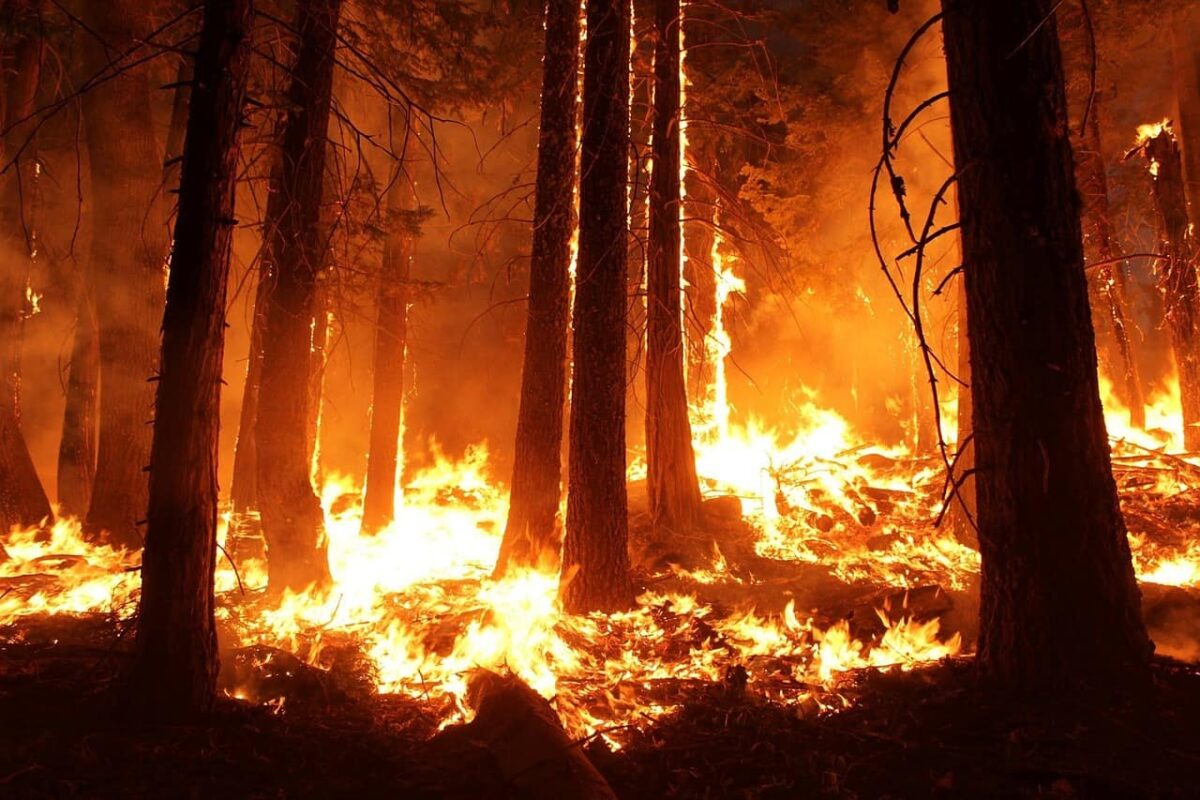
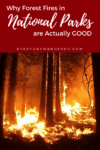

SOME forest fires are good. Many fires today are, for a variety of reasons related to climate change, landscape management, and development are burning much hotter than the environment has evolved to handle, meaning many landscapes and the creatures who live there will never really recover. Sure, something will grow there, but it won’t be what’s been growing there and many species will go extinct.
Plants and animals have been adapting for thousands of years and will continue to adapt regardless of humans and environment. One day humans will be extinct, and the planet will not miss a beat.
Oh, I don’t know. The photos are truly terrifying, and I always feel bad for the wildlife throttled by the inferno. Glad there’s a silver lining, at least.
I’m glad you shared this. Forest fires and their aftermath is one of the themes of my upcoming book. To see how Yellowstone, Crater Lake, and others have bounced back from their fires is a tale of survival and renewal. Janet and I were just talking about that, and she told me about that kiosk and QR code. Now I’m reminded to see if I can find it!
I can’t wait to read volume two!!!
A few years ago I hiked Mt. Diablo in Walnut Creek, CA. The park service had mounted a phone picture kiosk focused on a fire damaged area. The point was to take your own picture and then follow the QR code to their website which showed everyone else’s pictures of the same spot over the weeks and months after the fire. It was fascinating to see the steady resurgence of the burnt area over time.
Ah, not too far from where I finished high school! That would have been the COOLEST experience! Like watching the forest recover in slow motion! Thanks for sharing!